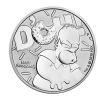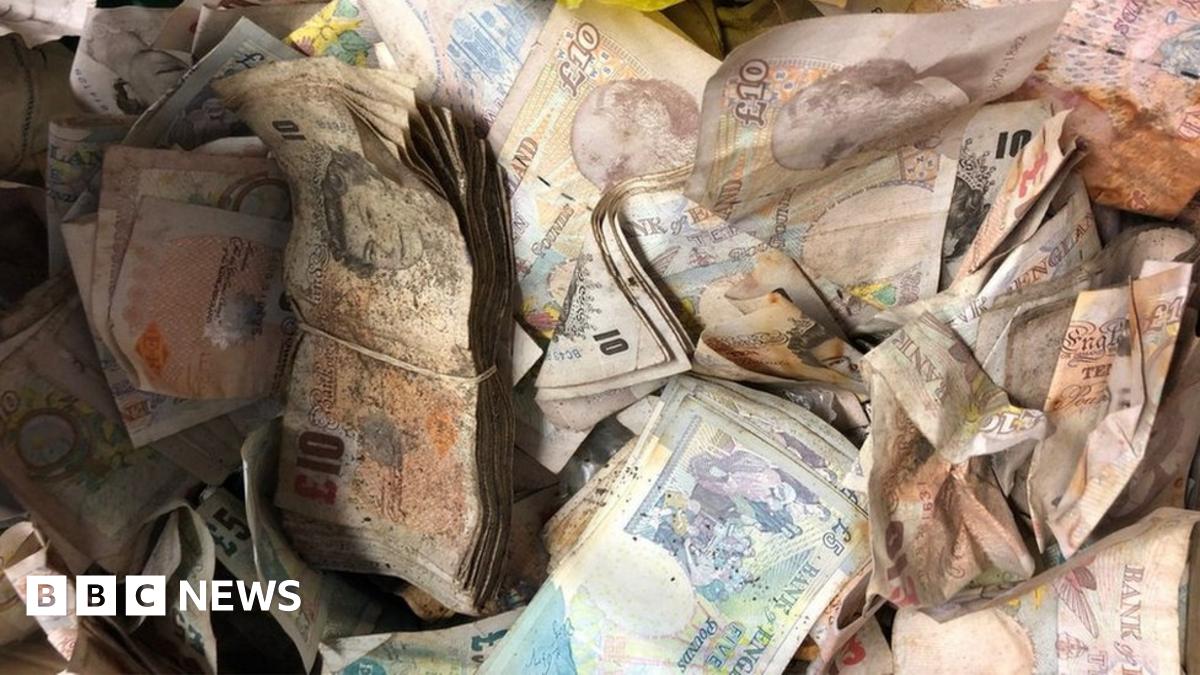A ten shilling note (ten bob note) was my favourite when I was young and we were all familiar with the following terms.
ha'penny, tuppence, thruppence, a tanner, a bob, two bob, half a crown, ten bob note and in the 'posh' shops guineas.
We also had to be 'brainier' to deal with it ... try the following ...
Calculate how to it share out £17pounds, 11shillings, and six and half pennies between 3 people -
long division in old money.
I could do it (without calculators) when I was young.

An old post below
See the following
I was rummaging through a few old things of mine and I came across the following booklet about decimalisation that I am certain many will remember! Myself I was only a month away from being 5 so I don't personally! I remember Mom and Dad telling me when I got older that a lot of people felt...

birminghamhistory.co.uk










